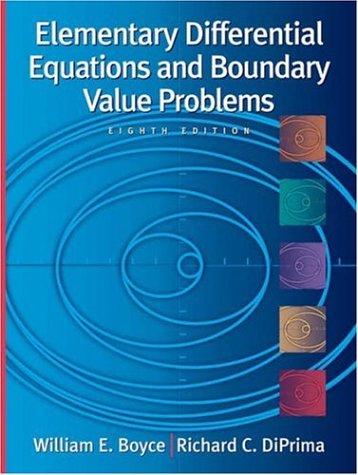Question
please help - final is coming up soon, and the tutors here make these so much easier to understand math. Question 11 (1 point) Medical
please help - final is coming up soon, and the tutors here make these so much easier to understand math.
Question 11 (1 point) Medical Research Laboratories claims that at least 4 out of 10 patients experienced improvement from a new allergy treatment. A random sample of 220 patients showed that 101 of them experienced improvement from a new allergy treatment. Find the test statistic.
Question 11 options:
1.76
-1.79
1.79
-1.76
Question 12 (1 point) A produce packing company claims that the mean weight of a peach is at most 4.7 ounces. A random sample of 20 peaches results in a mean of 4.6 ounces and a standard deviation of 0.4 ounces. Find the test statistic. Assume that the weights of peaches are normally distributed.
Question 12 options:
-0.06
0.06
-1.12
1.12
Question 13 (1 point) A research group claims that the new hybrid vehicle does not get 48 miles per gallon. A random sample of 18 vehicles resulted in a mean of 47 miles per gallon and a standard deviation of 4 miles per gallon. Find the test statistic. Assume that the mileages are normally distributed.
Question 13 options:
1.06
0.06
-1.06
-0.06
Question 14 (1 point) A research group claims that the new hybrid vehicle does not get 48 miles per gallon. A random sample of 20 vehicles resulted in a mean of 50 miles per gallon. Find the test statistic if miles per gallon. Assume that the mileages are normally distributed.
Question 14 options:
2.24
0.11
-0.11
-2.24
Question 15 (1 point) The Tech Power Company claims that its cell phone battery has a mean life of 84.0 hours. A random sample of 24 batteries had a mean life of 82.0. Find the test statistic if hours. Assume that the battery lives are normally distributed.
Question 15 options:
0.06
-0.06
1.53
-1.53
Question 16 (1 point) A test of correlation is done on a sample with n = 18 and the linear correlation coefficient is found to be r = -0.516. Determine whether or not there is linear correlation. Use = 0.05.
Question 16 options:
There is positive linear correlation.
There is negative linear correlation.
There is no significant linear correlation.
Question 17 (1 point) A test of correlation is done on a sample with n = 11 and the linear correlation coefficient is found to be r = 0.468. Determine whether or not there is linear correlation. Use = 0.05.
Question 17 options:
There is no significant linear correlation.
There is positive linear correlation.
There is negative linear correlation.
Question 18 (1 point) A test of correlation is done on a sample with n = 18 and the linear correlation coefficient is found to be r = 0.401. Determine whether or not there is linear correlation. Use = 0.05.
Question 18 options:
There is positive linear correlation.
There is negative linear correlation.
There is no significant linear correlation.
Question 19 (1 point) A test of correlation is done on a sample with n = 12 and the linear correlation coefficient is found to be r = 0.694. The values of x have a minimum of 11.9 and a maximum of 25.6. The regression equation is ^y=19.2+1.4x
The average of the dependent variable is
_
y = 41.9
Find the best estimate of the dependent variable for x=21.8. Use cx = 0.05.
Question 19 options:
41.9
There is not enough information given.
49.7
Question 20 (1 point) A test of correlation is done on a sample with n = 12 and the linear correlation coefficient is found to be r = 0.429. The values of x have a minimum of 11.9 and a maximum of 25.6. The regression equation is ^y=19.2+1.4x The average of the dependent variable is
The average of the dependent variable is
_
y = 41.9
Find the best estimate of the dependent variable for x=21.8. Use = 0.05.
Question 20 options:
There is not enough information given.
49.7
41.9
Step by Step Solution
There are 3 Steps involved in it
Step: 1

Get Instant Access to Expert-Tailored Solutions
See step-by-step solutions with expert insights and AI powered tools for academic success
Step: 2

Step: 3

Ace Your Homework with AI
Get the answers you need in no time with our AI-driven, step-by-step assistance
Get Started


